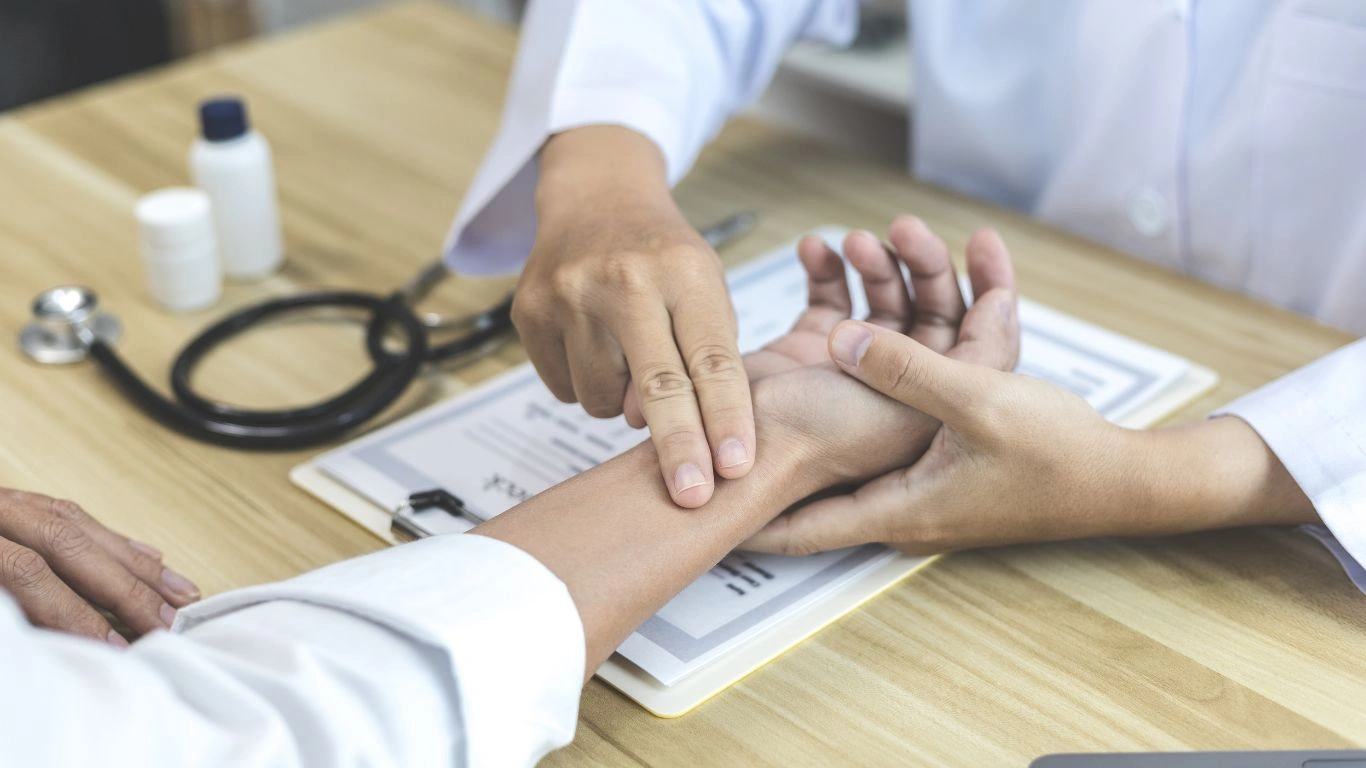Discover the Power of Chia Seeds in Hypertension Management
As an internal medicine physician specializing in hypertension management, I’ve seen firsthand how challenging it can be for patients to manage high blood pressure effectively. Over the years, many of my patients have asked about natural remedies, and one that frequently pops up is chia seeds. Yes, those tiny little seeds that are often sprinkled on smoothies or mixed into salads. But what exactly is the role of chia seeds in hypertension management? Well, let’s dive into this fascinating superfood and explore how it might help in controlling high blood pressure.
The Surprising Power of Chia Seeds in Hypertension Control
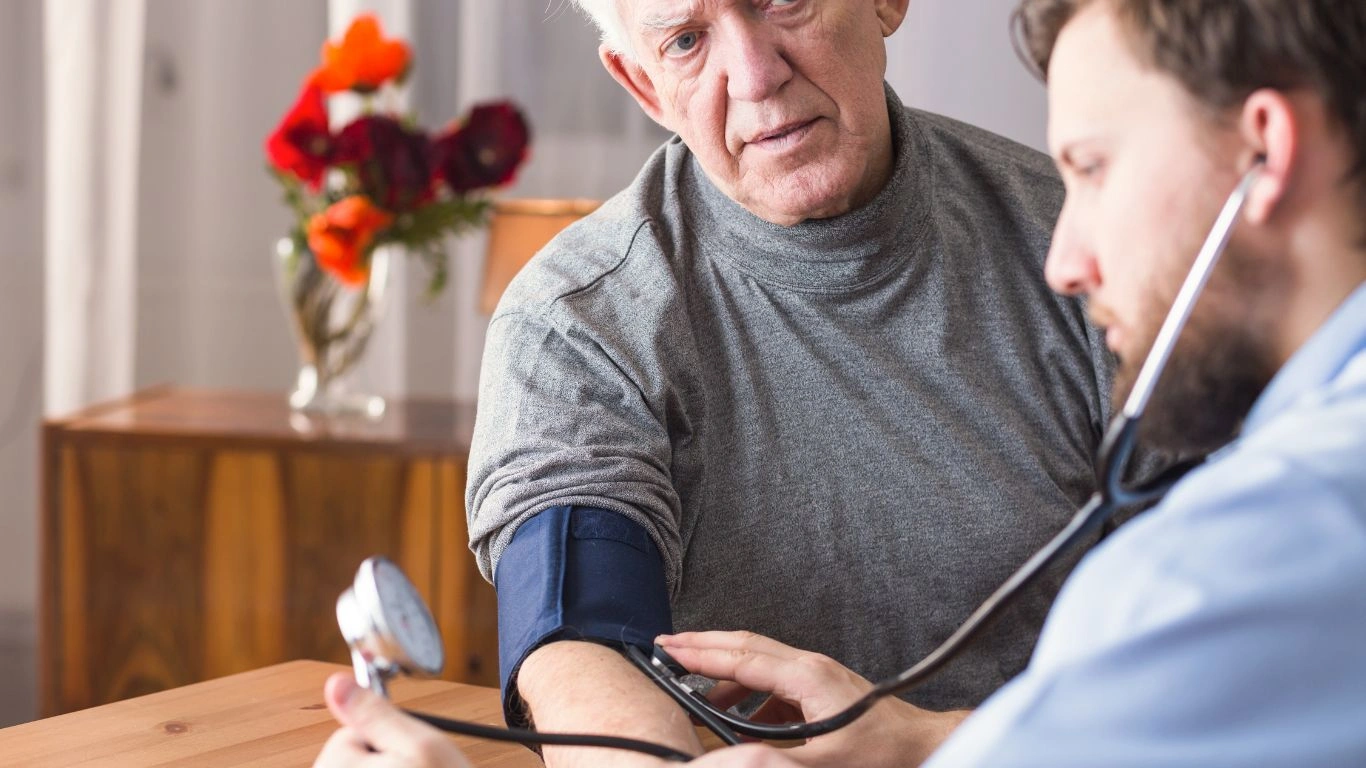
Chia seeds have recently gained popularity due to their reputation as a superfood. They’re packed with fiber, antioxidants, protein, and most importantly, omega-3 fatty acids. But what makes chia seeds stand out when it comes to managing hypertension? Well, a closer look at their nutritional profile reveals why they’re a great addition to any hypertension management strategy.
Chia Seeds: A Nutrient-Packed Seed for Heart Health
One of the key reasons chia seeds are so beneficial for hypertension management is their high content of omega-3 fatty acids. These healthy fats are well-known for their ability to reduce inflammation and lower blood pressure. Omega-3 fatty acids play a crucial role in heart health by helping to relax blood vessels, which in turn reduces the strain on the heart and blood vessels, resulting in lower blood pressure.
Additionally, chia seeds are loaded with fiber, which helps lower cholesterol and regulate blood sugar levels. This is especially important because managing high cholesterol and blood sugar is often an integral part of controlling hypertension. By adding chia seeds to your diet, you’re giving your body the tools it needs to maintain better cardiovascular health.
The Science Behind Chia Seeds and Blood Pressure Reduction
While the anecdotal evidence surrounding chia seeds is compelling, what does the science say? Numerous studies have explored the relationship between chia seeds and blood pressure reduction. A study published in the American Journal of Hypertension found that chia seeds helped reduce systolic and diastolic blood pressure in individuals with high blood pressure. The results showed a noticeable improvement in blood pressure after participants consumed chia seeds over several weeks, further validating their role in hypertension management.
- Chia seeds contain alpha-linolenic acid (ALA), a type of omega-3 fatty acid that helps to lower blood pressure.
- The fiber in chia seeds helps reduce blood cholesterol, a known contributor to hypertension.
- Chia seeds have antioxidant properties, which protect the cardiovascular system from oxidative stress.
How to Incorporate Chia Seeds into Your Daily Routine
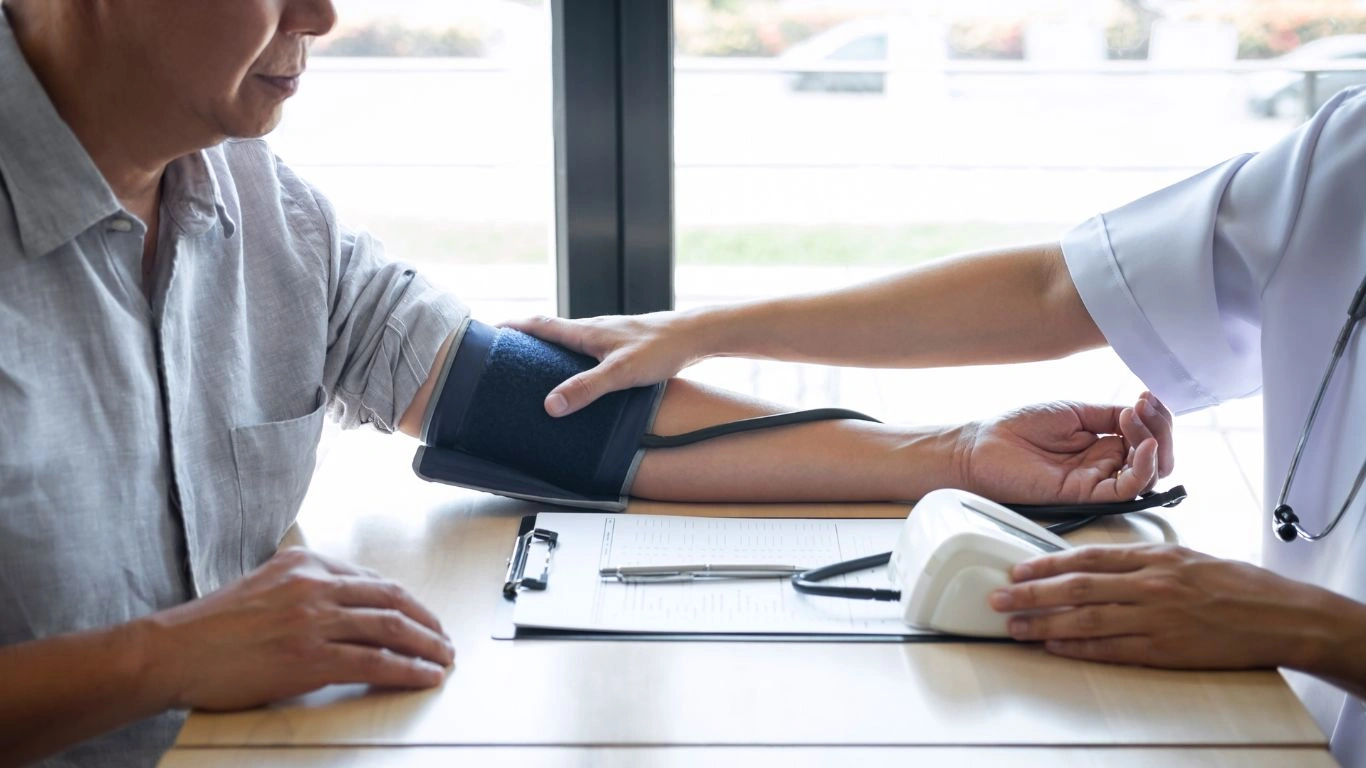
Now that we’ve discussed the benefits of chia seeds, the next question is: how can you include them in your daily diet to help manage hypertension? Fortunately, chia seeds are incredibly versatile, and there are many easy ways to incorporate them into your meals without much effort.
1. Chia Seed Pudding: A Delicious and Healthy Snack
If you enjoy sweet treats but want to keep your blood pressure in check, chia seed pudding is a fantastic option. You can make it by combining chia seeds with your choice of milk or plant-based alternatives, such as almond milk or coconut milk. Add a dash of honey or maple syrup for sweetness, and let it sit in the fridge for a few hours or overnight. The chia seeds will absorb the liquid, creating a thick, creamy pudding.
2. Sprinkle on Salads and Yogurt
Chia seeds are so small that they can easily be sprinkled on top of your favorite dishes. Add them to your salad, yogurt, or smoothie bowl for a little crunch and a big nutritional boost. You won’t even notice them, but your body will reap the benefits of their omega-3s, fiber, and antioxidants.
3. Add Them to Smoothies
If you’re someone who loves starting the day with a smoothie, then chia seeds are a perfect addition. Just throw in a tablespoon or two of chia seeds along with your usual fruits, vegetables, and a liquid base like almond milk or coconut water. Blend it all together, and you’ve got a heart-healthy, hypertension-friendly breakfast.
The Importance of Lifestyle Changes for Hypertension Management

While chia seeds can play a role in controlling high blood pressure, it’s important to remember that they should be part of a larger, comprehensive approach to hypertension management. No single food can magically lower your blood pressure if other lifestyle factors are ignored. In my experience, I’ve found that the most successful hypertension management strategies include a combination of a heart-healthy diet, regular exercise, weight management, and medication when necessary.
- Diet: Focus on a balanced, low-sodium diet rich in fruits, vegetables, whole grains, and lean proteins. Chia seeds can be a great addition, but they should complement other nutritious foods.
- Exercise: Regular physical activity, such as walking, swimming, or biking, helps maintain healthy blood pressure levels.
- Weight Management: Maintaining a healthy weight reduces the strain on your heart and blood vessels, contributing to lower blood pressure.
- Stress Reduction: Chronic stress can contribute to high blood pressure, so finding ways to relax and unwind is crucial for hypertension management.
Incorporating chia seeds into a balanced lifestyle can provide a natural and effective way to manage hypertension, but it’s always important to consult with your healthcare provider before making any significant changes to your diet or treatment plan. As a physician, I always recommend discussing any new dietary supplements with your doctor, especially if you have existing medical conditions or are taking medication.
Exploring the Link Between Chia Seeds and Blood Pressure in Depth

As we continue our journey exploring the role of chia seeds in hypertension management, let’s dive even deeper into how these little seeds can affect blood pressure, heart health, and overall well-being. Many of my patients, especially those diagnosed with stage 1 hypertension, often wonder whether they can rely on natural remedies like chia seeds to help lower their blood pressure without solely depending on medications. And while I always advise a comprehensive approach to hypertension treatment, chia seeds certainly have a place in the conversation.
The Omega-3 Factor: How Chia Seeds Help Lower Blood Pressure
One of the primary reasons chia seeds can aid in hypertension management is their high omega-3 fatty acid content. Omega-3s are a type of polyunsaturated fat that have numerous benefits for cardiovascular health. In fact, research has consistently shown that omega-3 fatty acids help reduce blood pressure, lower triglycerides, and prevent heart disease.
Omega-3s work by improving blood vessel function. When blood vessels are able to dilate (expand) more easily, blood can flow through them with less resistance, which lowers blood pressure. This process is particularly important for those dealing with high blood pressure. Regular consumption of omega-3-rich foods like chia seeds can help in relaxing the blood vessels and reducing the strain on the heart. In my experience, even small changes—like adding chia seeds to your daily routine—can contribute to better blood pressure control over time.
Chia Seeds and Their Role in Improving Blood Flow
In addition to omega-3 fatty acids, chia seeds are rich in fiber, antioxidants, and minerals, all of which contribute to improved circulation and heart health. The antioxidants in chia seeds, including flavonoids, help protect the cardiovascular system from oxidative damage caused by free radicals. This oxidative stress is a known factor in the development of heart disease and hypertension. By incorporating chia seeds into your diet, you’re not just helping to lower your blood pressure; you’re also supporting the health of your arteries and veins, making it easier for blood to flow freely throughout your body.
- Fiber: Chia seeds are an excellent source of soluble fiber, which helps lower cholesterol and stabilize blood sugar levels.
- Antioxidants: The powerful antioxidants in chia seeds reduce inflammation and protect the heart from free radical damage.
- Magnesium: Chia seeds contain magnesium, a mineral that helps relax blood vessels and lower blood pressure naturally.
The Best Ways to Get the Most Out of Chia Seeds

Now that we understand why chia seeds are so beneficial, the next logical step is figuring out how to maximize their effectiveness in your hypertension management strategy. When it comes to consuming chia seeds, it’s all about consistency and pairing them with a heart-healthy diet. Here are a few ideas based on what I’ve seen work best for my patients:
1. Soak Them Before Eating
One of the easiest ways to enjoy chia seeds is by soaking them overnight. This allows them to expand and form a gel-like texture, which not only makes them easier to digest but also enhances their ability to stabilize blood sugar and improve heart health. When chia seeds are soaked, they absorb water, making them an excellent choice for hydration as well. I’ve recommended chia seed puddings to many of my patients, especially those who struggle with high blood sugar or cholesterol, and they’ve found them to be a simple, delicious, and effective addition to their diet.
2. Combine with Other Blood Pressure-Friendly Foods
To get the most out of chia seeds, I always suggest combining them with other foods that are known to support heart health. For example, pairing chia seeds with berries, leafy greens, and whole grains creates a powerhouse meal for lowering blood pressure. You can toss chia seeds into a spinach salad, mix them into an oatmeal bowl, or sprinkle them on a smoothie packed with antioxidants.
Additionally, chia seeds can pair well with foods that are rich in potassium, like bananas, sweet potatoes, and tomatoes. Potassium is essential for maintaining a healthy balance of fluids in the body, and it helps balance the effects of sodium on blood pressure. By combining chia seeds with potassium-rich foods, you’re creating a nutrient-dense meal that supports heart health from multiple angles.
3. Chia Seed Smoothies: A Convenient and Tasty Way to Boost Heart Health
If you’re someone who loves smoothies, then chia seeds are your new best friend. Not only do they thicken up smoothies, but they also provide a nice crunch and an extra dose of omega-3s. Just add a tablespoon of chia seeds to your usual fruit or veggie smoothie, and you’ve got yourself a blood-pressure-friendly breakfast or snack. In my practice, I’ve seen patients who start their day with a chia smoothie report feeling more energized and healthier overall.
The Holistic Approach: Chia Seeds in the Bigger Picture of Hypertension Management
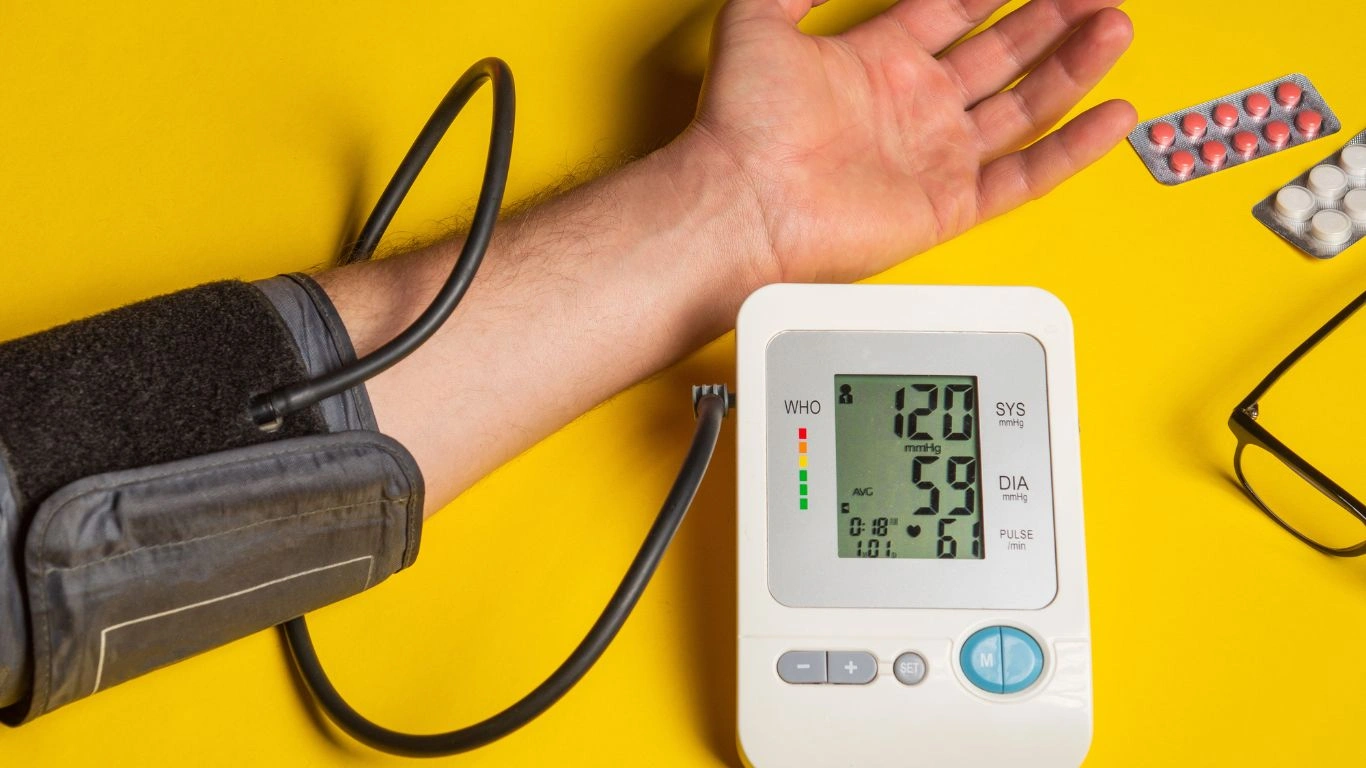
It’s essential to remember that chia seeds are not a magic bullet for hypertension. While they’re certainly beneficial, managing high blood pressure requires a more comprehensive approach. I’ve seen many patients achieve better control over their blood pressure by integrating chia seeds into a well-rounded routine that also includes medication (when necessary), regular physical activity, stress management, and a heart-healthy diet.
The Role of Exercise in Managing Hypertension
One of the most effective ways to lower blood pressure is through regular physical activity. Exercise helps improve circulation, reduce stress, and strengthen the heart—all of which contribute to better blood pressure control. Whether it’s going for a walk, swimming, or engaging in a yoga session, adding exercise to your daily routine can significantly complement the benefits of chia seeds in managing hypertension.
Mindfulness and Stress Reduction: Don’t Overlook This Key Factor
Stress is a major contributor to high blood pressure, so finding ways to manage stress is just as important as diet and exercise. Practices like deep breathing, meditation, or even just taking a few minutes each day to relax can go a long way in reducing blood pressure levels. In my experience, many patients underestimate the impact that stress management can have on their hypertension. When you combine a nutritious diet, like one that includes chia seeds, with mindfulness and stress reduction techniques, you’re setting yourself up for success.
As you can see, the role of chia seeds in hypertension management isn’t just about popping a few seeds here and there. It’s about making them part of a holistic approach to managing your health, and doing so consistently over time. Whether you’re looking to support your blood pressure, enhance heart health, or just improve your overall diet, chia seeds are a fantastic, nutrient-packed food that can help get you there.
Practical Tips and Considerations for Adding Chia Seeds to Your Hypertension Management Plan

By now, we’ve covered how chia seeds can be a powerful ally in managing hypertension, from their rich omega-3 content to their ability to improve blood circulation. But let’s take it a step further. As someone who’s been in the field of internal medicine for years, I’ve seen firsthand how making small changes to your lifestyle—like adding chia seeds to your diet—can have a profound impact on your health. But there are a few important things to consider when incorporating chia seeds into your daily routine.
Start Slowly: Gradually Introducing Chia Seeds Into Your Diet
If you’re new to chia seeds, my advice is to start slow. While they’re packed with nutrients, they’re also high in fiber, which can be a bit of a shock to your digestive system if you’re not used to consuming a lot of fiber. I recommend starting with a small amount—perhaps a teaspoon a day—and gradually increasing your intake to one or two tablespoons as your body adjusts. This will help prevent any potential digestive discomfort, like bloating or gas, that can sometimes occur when adding fiber-rich foods to your diet.
Over the years, I’ve learned that making gradual changes to one’s diet not only leads to better compliance but also allows your body to adapt to the new foods. It’s all about creating sustainable habits, and I’ve found that my patients who take a slow-and-steady approach to incorporating chia seeds tend to experience the most success in the long run.
Hydration Is Key When Consuming Chia Seeds
Another important factor to keep in mind when consuming chia seeds is hydration. Chia seeds are known for their ability to absorb liquid and expand, which is one of the reasons why they’re so great for making puddings or adding to smoothies. But with this ability to absorb liquid comes the need to stay properly hydrated. It’s crucial to drink plenty of water throughout the day, especially when you’re adding chia seeds to your diet.
From my personal experience, I’ve seen patients who fail to drink enough water while consuming chia seeds end up feeling a little more bloated than they’d like. Ensuring proper hydration allows chia seeds to work their magic without causing any discomfort. A good rule of thumb is to drink at least 8 ounces of water with every tablespoon of chia seeds you consume, whether you’re enjoying them in a smoothie, yogurt, or chia pudding.
Combining Chia Seeds with Other Heart-Healthy Foods
To maximize the benefits of chia seeds for hypertension management, it’s essential to combine them with other heart-healthy foods. As I mentioned in the previous section, chia seeds work best when they’re part of a balanced, nutrient-dense diet. Think of them as a key ingredient in a larger picture of heart health. For example, you might consider pairing chia seeds with foods that are naturally rich in potassium, like avocados, bananas, and spinach. Potassium works in tandem with sodium to help regulate fluid balance in the body and, ultimately, lower blood pressure.
I’ve found that patients who incorporate a variety of heart-healthy foods, including chia seeds, tend to experience the best results. The combination of omega-3s, fiber, and antioxidants from chia seeds—paired with the benefits of fruits, vegetables, lean proteins, and whole grains—can have a powerful effect on lowering blood pressure. It’s all about a holistic approach to heart health.
Potential Risks and Side Effects of Chia Seeds
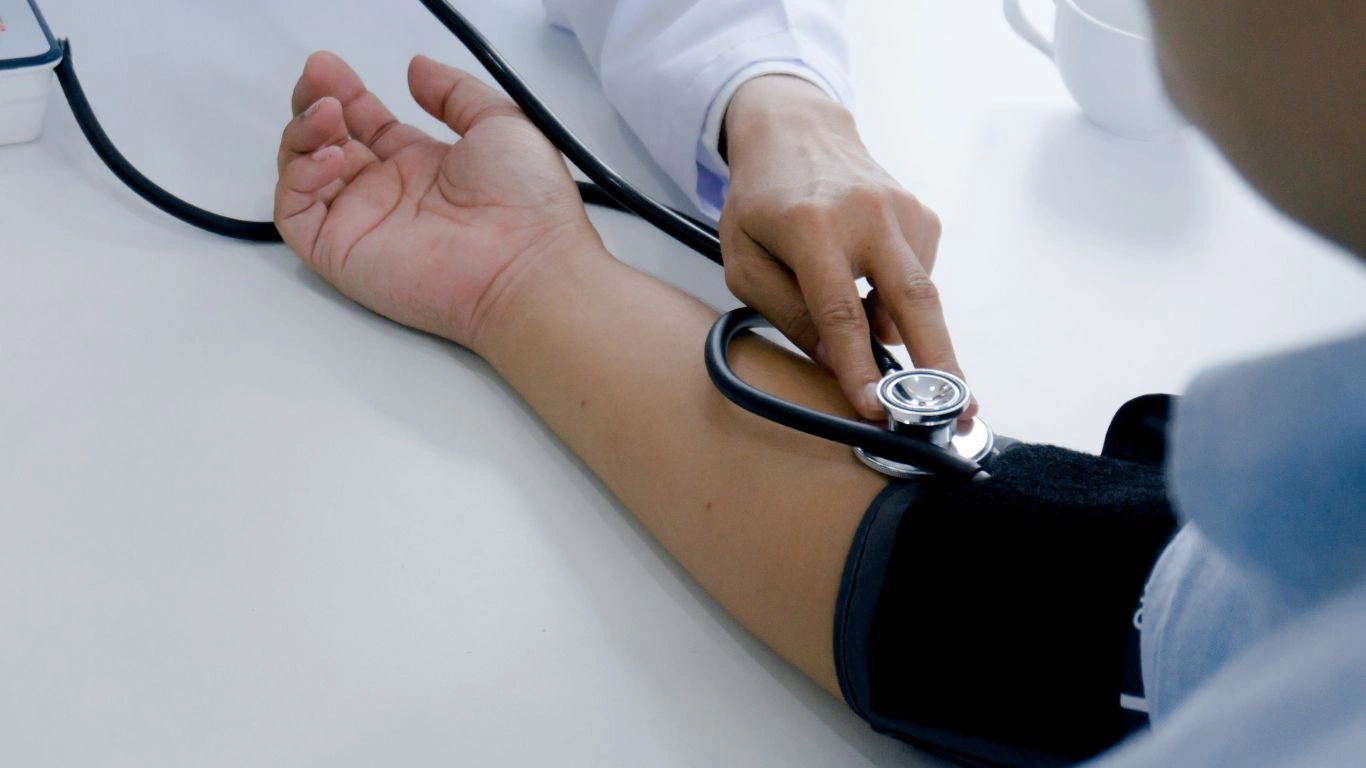
While chia seeds are generally considered safe and beneficial for most people, there are a few potential risks and side effects to be aware of, especially if you have specific health conditions. For instance, chia seeds contain high amounts of fiber, which, when consumed in large quantities, can lead to digestive issues, such as bloating, gas, or constipation. If you have a sensitive digestive system or are prone to gastrointestinal discomfort, it’s essential to introduce chia seeds gradually into your diet, as we discussed earlier.
Chia Seeds and Blood Thinning Medications
Another important consideration is the effect that chia seeds may have on blood thinning. Chia seeds are rich in omega-3 fatty acids, which have blood-thinning properties. This is usually a good thing when it comes to preventing heart disease, but if you are on blood-thinning medications, such as warfarin (Coumadin), it’s important to be cautious. Excessive intake of omega-3s could potentially increase the effects of these medications and lead to an increased risk of bleeding.
If you are on blood thinners or have a bleeding disorder, it’s always a good idea to consult with your doctor before adding chia seeds or any other omega-3-rich foods to your diet. Your healthcare provider can guide you on the appropriate amount of chia seeds that’s safe for you based on your current medication regimen.
Chia Seeds and Allergies
Although rare, some individuals may have an allergy to chia seeds. If you’ve had allergic reactions to other seeds or nuts in the past, it’s important to approach chia seeds with caution. If you notice any signs of an allergic reaction, such as itching, swelling, or difficulty breathing, stop consuming chia seeds immediately and consult your healthcare provider. I always encourage my patients to listen to their bodies and seek medical attention if they experience any adverse reactions.
Incorporating Chia Seeds Into Your Long-Term Hypertension Management Plan
In my experience, successful hypertension management doesn’t happen overnight. It’s a long-term commitment to making small but consistent changes that add up over time. Chia seeds can be an integral part of that journey, but they’re just one piece of the puzzle. Pairing chia seeds with regular exercise, a balanced diet, stress management, and, when necessary, medication, can significantly improve your blood pressure and overall health.
As you move forward with incorporating chia seeds into your diet, remember that lifestyle changes take time. It may take a few weeks or even months to notice significant changes in your blood pressure, but with patience and consistency, you’ll be on the path to better heart health.
And always remember: your healthcare provider is your partner in this process. Be sure to keep them in the loop as you make changes to your diet and lifestyle, and don’t hesitate to ask questions about any concerns you may have. They’ll be able to provide personalized advice based on your unique health needs.
References
Disclaimer: This article is intended for informational purposes only and should not be used as a substitute for professional medical advice. Always consult with your healthcare provider before making any changes to your diet, medication, or lifestyle, especially if you have underlying health conditions or are on medication.

Dr. Gwenna Aazee is a board-certified Internal Medicine Physician with a special focus on hypertension management, chronic disease prevention, and patient education. With years of experience in both clinical practice and medical writing, she’s passionate about turning evidence-based medicine into accessible, actionable advice. Through her work at Healthusias.com, Dr. Aazee empowers readers to take charge of their health with confidence and clarity. Off the clock, she enjoys deep dives into nutrition research, long walks with her rescue pup, and simplifying medical jargon one article at a time.
